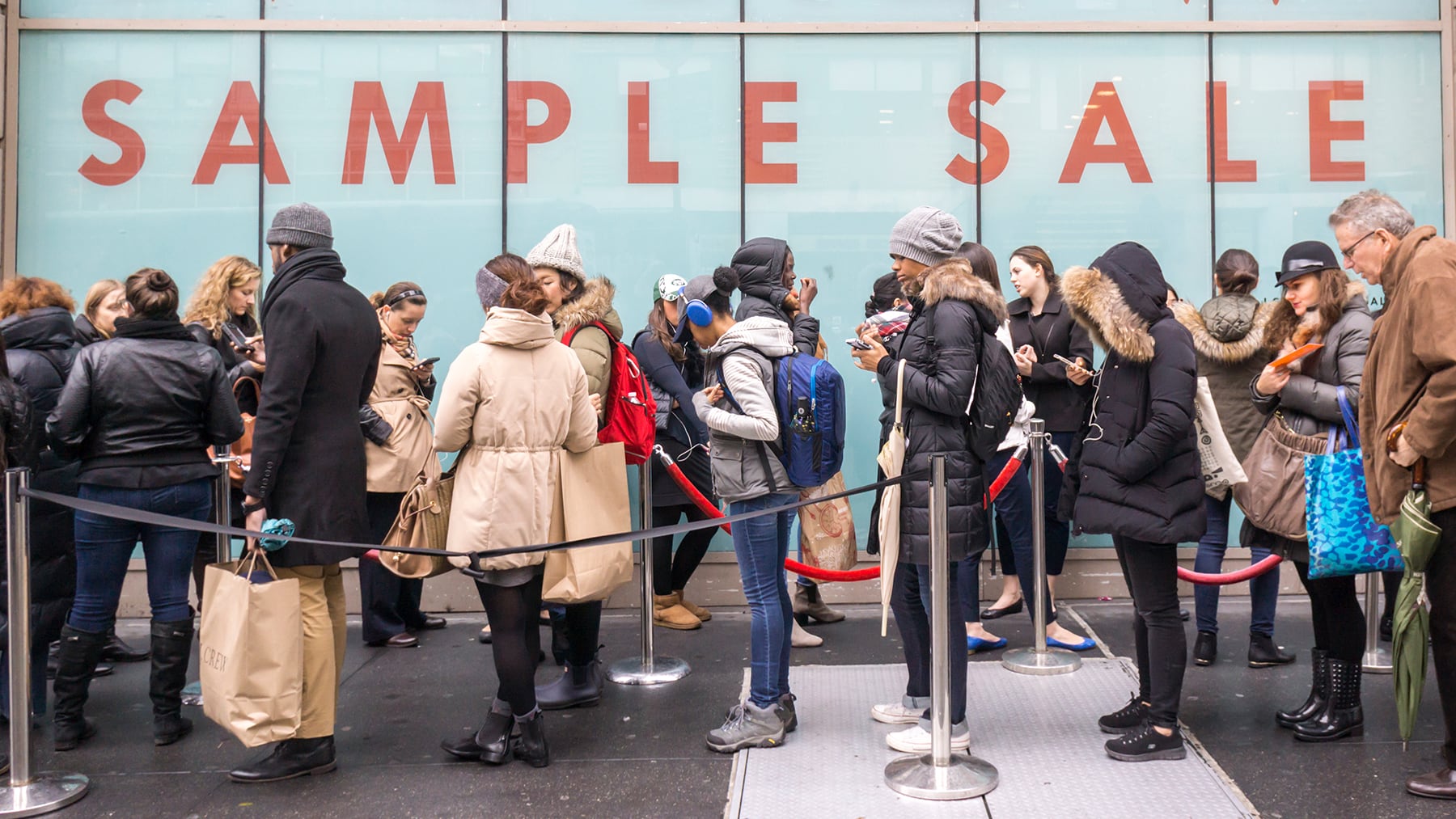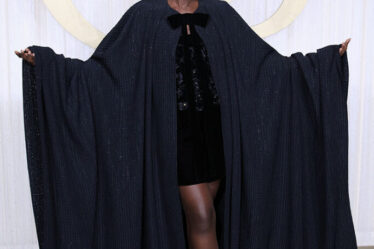
Veteran fashion publicist Kelly Cutrone remembers a time when it was frowned upon for brands to advertise their end-of-season sales.
“It just used to be something for people in the industry,” said Cutrone, founder and chief executive of public relations agency People’s Revolution. “Media outlets and editors wouldn’t dare promote them.”
Today, however, the once-exclusive events to offload unsold inventory and design samples are ubiquitous, with brands from Maison Margiela to Cult Gaia to Reformation and Everlane staging sales to clear their stockrooms.
Sample sales aren’t just coming out of hiding; they’re increasingly viewed as another tool in brands’ marketing arsenal, especially now that they routinely go viral on TikTok. But they still retain enough of their in-the-know sheen to serve as a more glamorous way to offload unsold inventory than a messy sales rack inside a store, or dumping merchandise on an off-price retailer.
“I never buy anything full price,” said Emily Glaser, 23, an assistant buyer at Macy’s based in New York. “I just think it’s kind of dumb. You can easily search that an item is full-price here or on sale there. And sample sales tend to always have the best prices.”
How Sample Sales Work
Brands looking to hold a sample sale often go with a specialist. The biggest in the US is 260 Sample Sale, which began running the logistics of sample sales for designer brands in 2003, counting Diane Von Furstenberg as an early client. The business now boasts eight locations across New York City and Los Angeles and has expanded to Dallas, Chicago and Miami and held 346 samples sales this year.
Meanwhile, a crop of social media-savvy start-ups such as Sensoria, Sample Sale London and Alfargo’s Marketplace have also entered the scene, moving the experience online, improving customer service with sales floor personnel and bringing a personal touch to marketing them as an option that doesn’t dilute brand clients’ premium positioning in the market.
No More Stigma
Other brands host sample sales in-house, seeing the events as an opportunity to connect with a new set of shoppers.
Los Angeles-based retailer Lisa Says Gah has permanently removed the sale section from its online shop and retail stores, instead hosting two sample sales a year in its Los Angeles and San Francisco locations, according to founder Lisa Bühler.
While the label previously worked with 260 Sample Sale, Bühler realised that when hosted in-house, the events are a way to build stronger relationships with shoppers. She often introduces herself to customers while they wait in line.
“The sales also create a lot of buzz for the brand because more people stop in and passersby wonder what is going on,” she said.
By discounting less frequently, Bühler hopes that her customers will shop the brand at full price in between sample sales.
All the Trimmings
Some sample sale platforms are pitching themselves to brands as elevated alternatives to off-price channels, breaking the stereotype of disorganised, chaotic sales floors with minimal customer service.
Alfargo’s Marketplace, a sample sale operator that specialises in menswear, hosts its sales at members-only club NeueHouse in New York, and offers tailoring and custom embroidery services on site.
New York start-up Sensoria shoots new product content for the overstock it sells online. Sensoria has its own team of photographers and stylists to present last season’s stale merchandise in a fresh light.
The traditional hush-hush type of sample sale still works for some labels like The Row and Khaite, as long as the client list remains highly exclusive.
“For the Khaite sale, I had to get on a mailing list and I tried calling the sale operator but it was ultimately through word-of-mouth and personal recommendations that I was allowed in,” said Rachel Mohler Roberts, 32, a New York-based political-technology founder who snagged a few discounted sweaters. “It’s quite tedious but it makes the sales feel a bit more special. Otherwise, you’re just shopping at a glorified TJ Maxx.”



